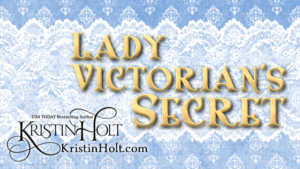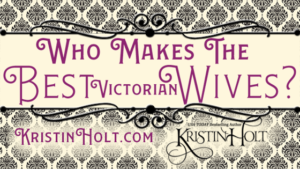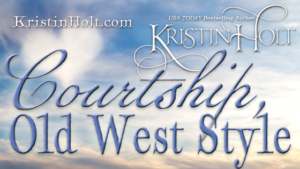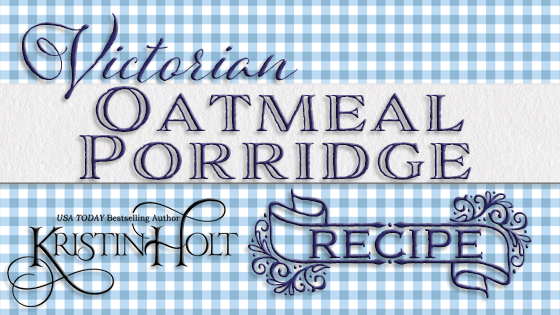
by Kristin Holt | May 24, 2019 | Articles
We’ve seen recipes for oatmeal cookies (with and without raisins), oatmeal in Victorian bath water (to soften and whiten skin), and more. Who knew that Victorian Oatmeal Porridge Recipes could require significantly more instructions (and a dedicated saucepan!) than any other vintage recipe?
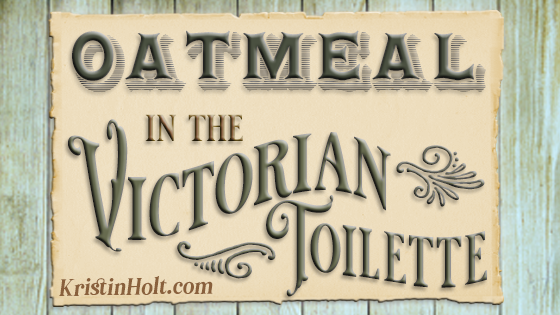
by Kristin Holt | May 21, 2019 | Articles
In this Blog Article Series about Victorians and Oatmeal, we’ve seen cookies (both with and without raisins), Victorian attitudes about oats for food (rather than fodder), and vintage newspaper clippings highlighting the attitudes of some American Victorians. This article is still about oatmeal–and Victorian woman using those rolled oats in bath sachets to soften the skin. See the Victorian-American bath sachet recipe(s).
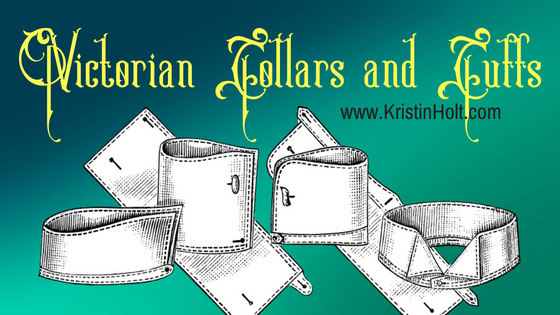
by Kristin Holt | Jul 1, 2018 | Articles
In Victorian men’s fashion, Collars and Cuffs were something altogether separate and different than a shirt. A whole different paradigm, given today’s men’s dress shirts are one solid piece, with the collar and cuffs attached. See vintage images of the styles and reasons why tailors (and factory producers) bothered to make the collars separate–and why some were made of PAPER rather than fabric.
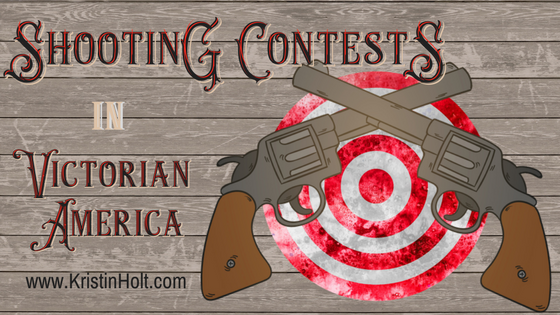
by Kristin Holt | Nov 16, 2017 | Articles
Victorian America enjoyed shooting contests in a wide range of settings–from professional marksman organizations to small town celebrations. Come see vintage newspaper articles about events that pitted man against man and measured skills of accuracy.
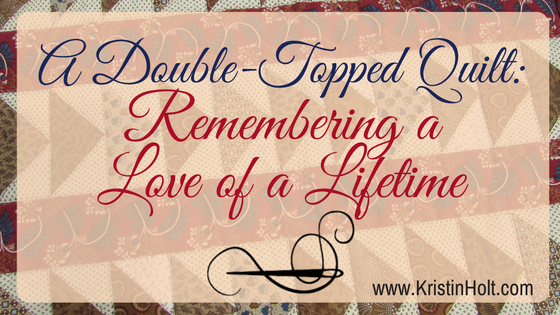
by Kristin Holt | Jan 1, 2017 | Articles
GRANDMA’S WEDDING QUILTS Series debuts today with the release of THE PREQUEL, a short introduction title by Kate Cambridge. My contribution to this 12-volume series (including the prequel) is Pleasance’s First Love. In this article, I share the gem of an idea, true-to-history, that came from researching quilts in Colorado in the 19th century. Who knew a quilt could have two “tops”?







